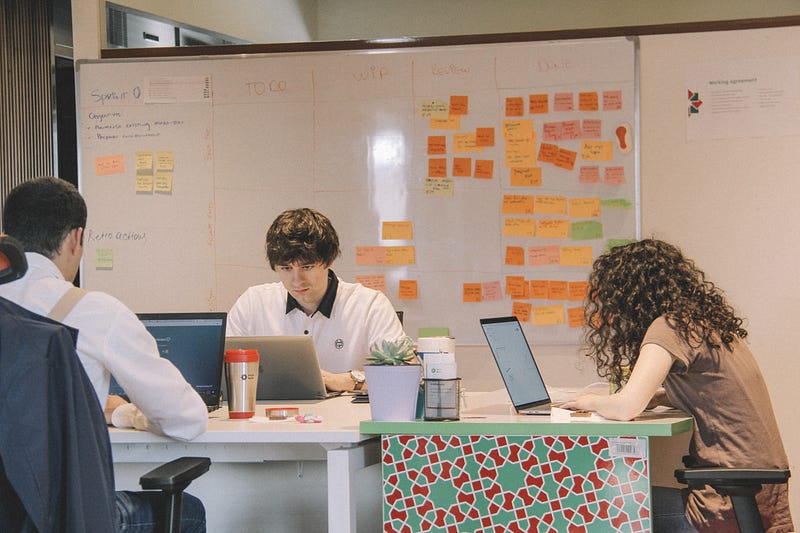Strengthening Cybersecurity.

As the digital landscape evolves, organizations face escalating cybersecurity threats that require robust defensive measures. Among these measures, a reliable and feature-rich firewall solution stands as a critical component of a comprehensive cybersecurity strategy. When evaluating firewall solutions, it is essential to consider key features that can enhance your organization's security posture. This article aims to shed light on crucial features, such as deep packet inspection (DPI), virtual private network (VPN) support, ease of management, and scalability. By understanding and prioritizing these features, organizations can make informed decisions when selecting a firewall solution that aligns with their cybersecurity needs.
Deep Packet Inspection (DPI): Unveiling Hidden Threats
Deep packet inspection (DPI) is a pivotal feature that enables firewalls to scrutinize the data portion of network packets for malicious content. Unlike traditional packet-filtering firewalls that focus on packet headers, DPI delves deeper into the packet payload to identify potential threats. By examining the contents of packets, including application-layer data and even encrypted traffic, DPI can uncover hidden malware, unauthorized data transfers, and other malicious activities. This advanced inspection capability provides organizations with enhanced visibility and control over network traffic, allowing for more effective threat detection and prevention.
Remote Access Security with Virtual Private Network (VPN) Support
In an increasingly remote and interconnected world, secure remote access is paramount. Firewall solutions with built-in virtual private network (VPN) support enable organizations to establish encrypted and secure connections between remote users and the corporate network. VPNs provide a secure tunnel for remote access, encrypting data in transit and protecting it from interception by unauthorized parties. When evaluating firewall solutions, consider the strength of the VPN implementation, including support for industry-standard protocols like IPsec (Internet Protocol Security) and SSL/TLS (Secure Sockets Layer/Transport Layer Security). Robust VPN support ensures that remote workers can access critical resources securely, regardless of their location, minimizing the risk of data breaches and unauthorized access.
Ease of Management: Streamlined Security Operations
Managing a firewall solution can be a complex task, particularly for organizations with limited cybersecurity expertise. Therefore, it is crucial to consider the ease of management when evaluating firewall solutions. Look for solutions that offer intuitive user interfaces, centralized management consoles, and automation capabilities. These features simplify administrative tasks, such as rule creation, policy enforcement, and log monitoring, streamlining security operations and reducing the potential for misconfigurations that could leave the network vulnerable. Additionally, consider solutions that provide comprehensive reporting and auditing functionalities, enabling organizations to maintain visibility into firewall activities and demonstrate compliance with regulatory requirements.
Scalability: Adapting to Growth and Evolving Threats
As organizations grow and adapt to changing business environments, their cybersecurity needs evolve as well. Therefore, scalability is a critical feature to consider when selecting a firewall solution. Evaluate the solution's ability to accommodate increased network traffic, additional users, and emerging technologies. Scalable firewall solutions can handle growing demands without sacrificing performance or security. Consider solutions that offer modular architectures, allowing for easy expansion and the addition of new features as needed. Scalability ensures that your organization can effectively address future cybersecurity demands and seamlessly integrate new technologies into the existing network infrastructure.
When evaluating firewall solutions, organizations must prioritize key features that enhance their cybersecurity strategy. Deep packet inspection (DPI) enables advanced threat detection by scrutinizing the content of network packets. Virtual private network (VPN) support ensures secure remote access for employees, regardless of their location. Ease of management features streamline security operations, reducing the risk of misconfigurations and simplifying administrative tasks. Scalability enables organizations to adapt to growth and evolving threats without compromising performance or security. Organizations can select a firewall solution that provides robust protection and bolsters their overall cybersecurity posture by considering these key features and aligning them with their specific cybersecurity needs.
 Photo by
Photo by  Photo by
Photo by 





